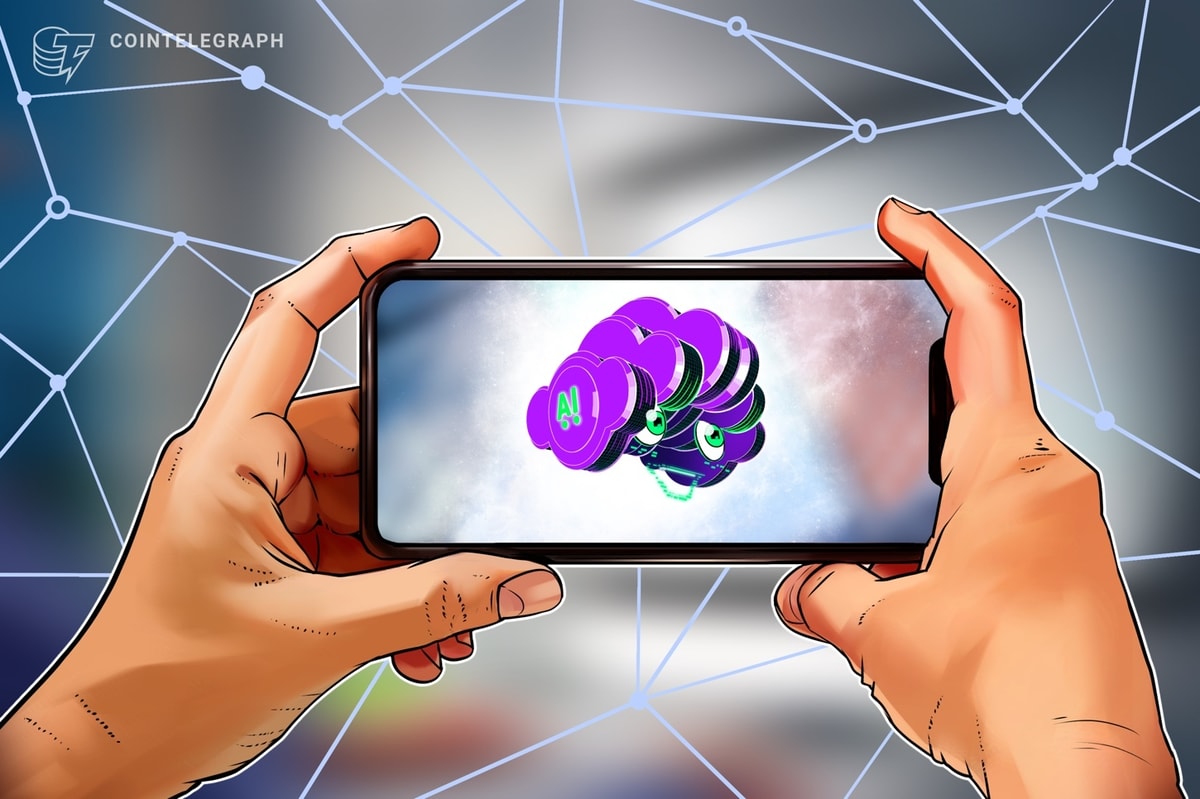Reflecting on the Wall Street Journal’s podcast series on the rise and fall (and rise) of Second Life, along with my own chats with him for the upcoming book, Second Life’s founding CTO Cory Ondrejka recently posted a thoughtful analysis on the topic in social media. With his permission, here it is in full, reflecting his breadth of knowledge on the subject and the industry as a whole. (Cory is now technical advisor to Google’s CEO.)
Between The Journal, talking to Wagner James Au, and the general noise around metaverse-y stuff, lots of discussion about why Second Life has been unable to break out from the plateau of 15 years ago.
Everyone’s got opinions here — and I expect many of them are partially right — but perhaps it’s not that complicated.
If we start in 2007, SL is still growing but churn is making it clear that it’s a very challenging experience to really connect with, and tech limitations are hurting some of the most exciting use cases, but those who do navigate through the challenges keep showing there is something incredibly compelling about SL, about cocreation and shared experiences in places.
But then technology changed (iPhone and web supplanted native PC executables as primary product experiences for most people, SL was not well positioned to follow this pivot and the transition applied a second constraint on growth — beyond churn — impeding resources to support dramatic change).
Sometimes companies survive these transitions — Facebook with mobile, Intel with CPUs, Microsoft with cloud — but it’s never easy.
Plus Linden had two additional challenges:
1) Linden Lab changed (2008 commenced regular turnover of founding and long-tenured employees as well as senior leaders, fragmenting institutional memory, making product/tech responses harder, more haphazard, and impeding the kind of continuity required for true transformation)
2) Innovator’s Dilemma prevented Second Life from changing enough (it’s striking to jump back in today and simultaneously see better user creations but so many of the same quirks and challenges of 15 years ago, but not surprising because the core audience made SL fundamentally successful as a business year after year)
Through this lens, Second Life on the one hand looks a little less exceptional, as plenty of products and companies have been challenged by similar dynamics.
On the other, it’s all the more amazing that it’s still chugging along — and a credit to everyone who helped it find initial product-market fit and maintained it going forward. And on the gripping, a valuable learning laboratory for everyone throwing a bazillion dollars at this space.
Reductive, I know. I wonder what episode 4 of the Journal will say.
Cory himself, as longtime readers know, was part of that turnover, gone from Linden Lab in late 2007.
As for the Innovator’s Dilemma, he’s referring to Clayton Christensen’s classic business book of the same name. To wit:
The incumbent has the luxury of a huge customer set but high expectations of yearly sales. New entry next generation products find niches away from the incumbent customer set to build the new product. The new entry companies do not require the yearly sales of the incumbent and thus have more time to focus and innovate on this smaller venture.
Or to put that in metaverse platform terms: While the incumbent Second Life was hugely profitable had a (seemingly) growing userbase, and Linden Lab fiercely worked to serve those customers, a four person team created a quirky indie sandbox game… called Minecraft.
Can’t wait for episode 4 myself!
Read More: nwn.blogs.com








 Bitcoin
Bitcoin  Ethereum
Ethereum  Tether
Tether  XRP
XRP  USDC
USDC  Solana
Solana  Dogecoin
Dogecoin  TRON
TRON  Cardano
Cardano  Lido Staked Ether
Lido Staked Ether  Wrapped Bitcoin
Wrapped Bitcoin  LEO Token
LEO Token  Chainlink
Chainlink  USDS
USDS  Avalanche
Avalanche  Toncoin
Toncoin  Hedera
Hedera  Stellar
Stellar  Shiba Inu
Shiba Inu  Sui
Sui  Wrapped stETH
Wrapped stETH  MANTRA
MANTRA  Bitcoin Cash
Bitcoin Cash  Litecoin
Litecoin  Polkadot
Polkadot  Binance Bridged USDT (BNB Smart Chain)
Binance Bridged USDT (BNB Smart Chain)  Bitget Token
Bitget Token  Ethena USDe
Ethena USDe  Hyperliquid
Hyperliquid  WETH
WETH  Pi Network
Pi Network  WhiteBIT Coin
WhiteBIT Coin  Monero
Monero  Wrapped eETH
Wrapped eETH  Dai
Dai  OKB
OKB  sUSDS
sUSDS  Uniswap
Uniswap  Pepe
Pepe  Coinbase Wrapped BTC
Coinbase Wrapped BTC  Aptos
Aptos  Gate
Gate  Ondo
Ondo  Tokenize Xchange
Tokenize Xchange  NEAR Protocol
NEAR Protocol  Cronos
Cronos  BlackRock USD Institutional Digital Liquidity Fund
BlackRock USD Institutional Digital Liquidity Fund  Internet Computer
Internet Computer  Mantle
Mantle